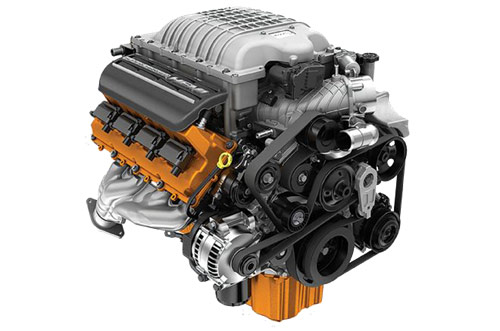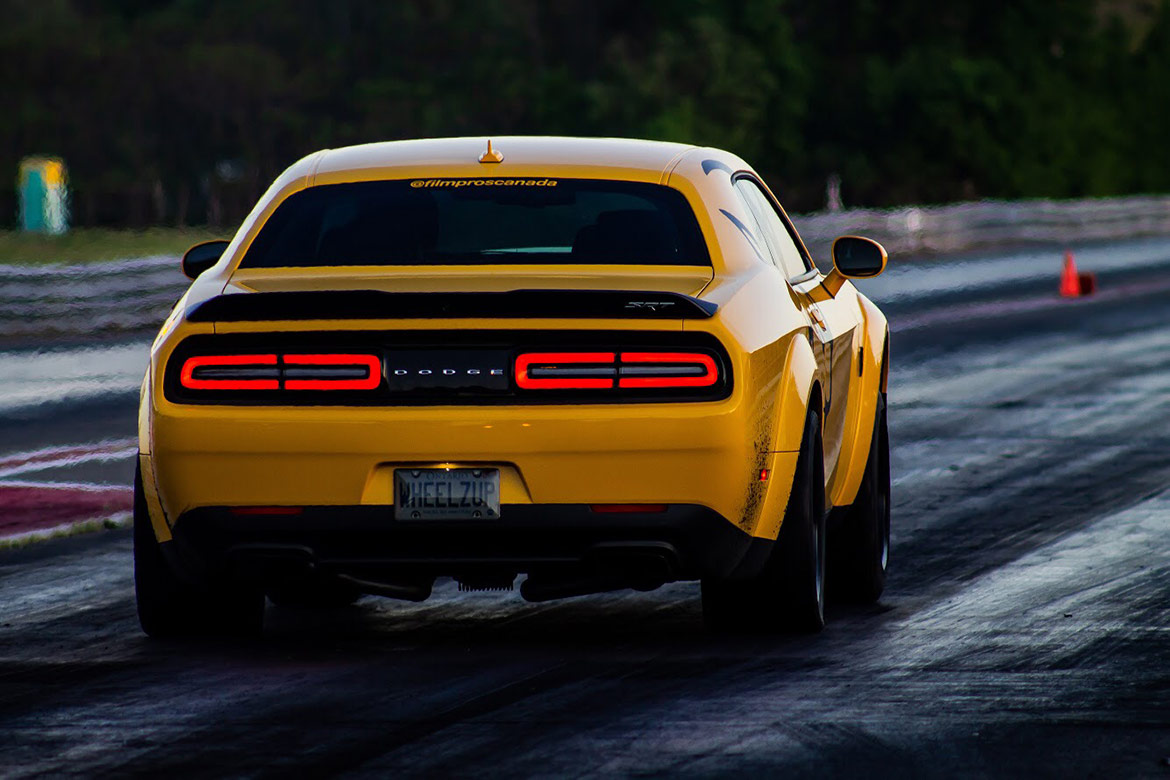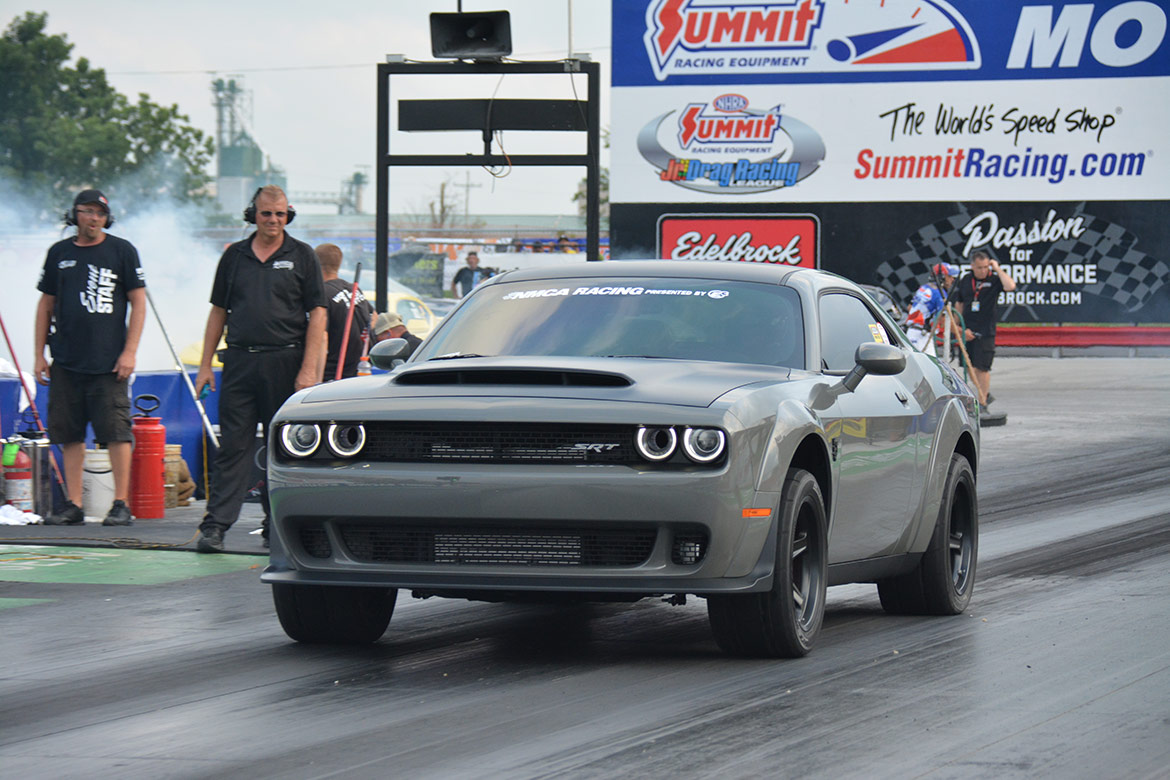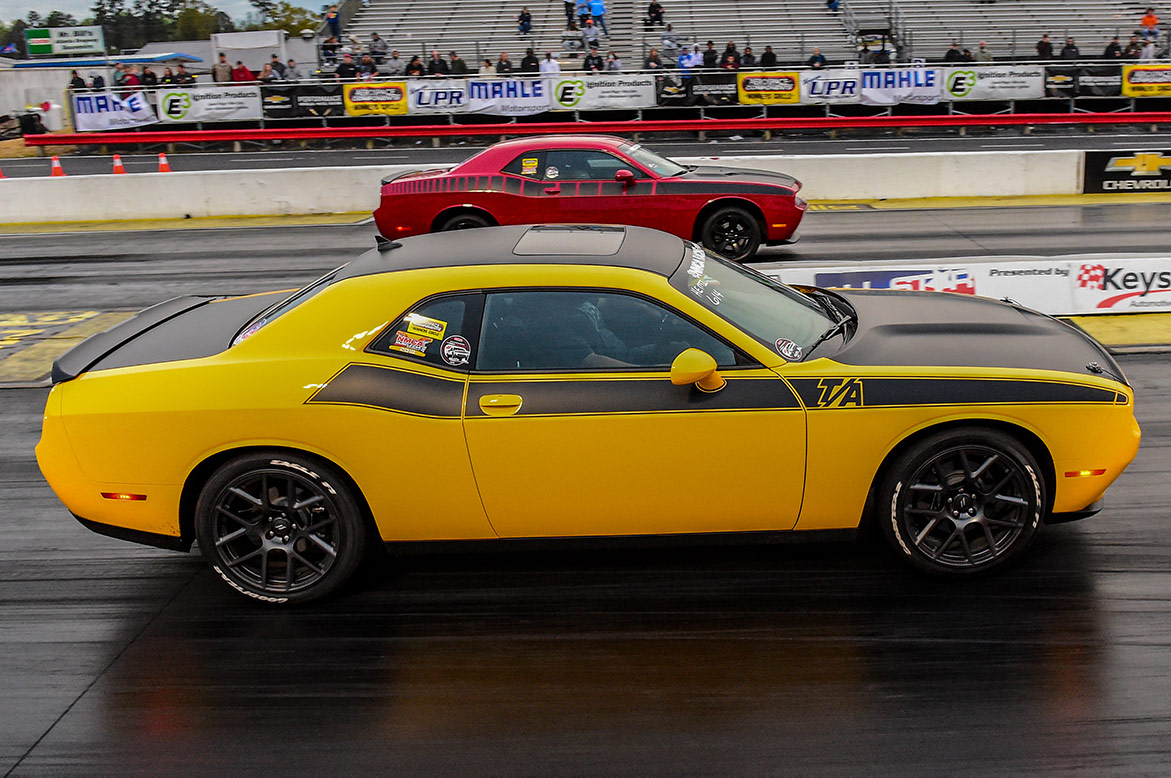Get More Power Out of Your 6.2L Supercharged Mopar® Vehicle Part 1 – The Foundation
Let’s go ahead and get this out of the way up front. Modifying your vehicle in any way may jeopardize the warranty on your vehicle or parts warranty on your vehicle. Consult your local service manager for more details and proceed at your own risk; you are an adult, right?
The 6.2L supercharged platform was a massive upgrade for the Dodge Brand, and to say it has been a home run would be an understatement. But you know we can’t ever leave well enough alone, and SRT® Engineering left plenty of headroom in these bad boys. That works out perfectly for those of us who like to play with wrenches and leave bits of skin and blood in various parts of our car. We are going to start this multi-part series by going over some of the basics, which will hopefully help give you a good understanding of why certain upgrades are done, along with how to do them.

The key to the insane power the Dodge Challenger SRT Hellcat and Dodge Challenger SRT Demon motors are able to make is the use of that beautiful supercharger sitting on top of the motor. A gasoline engine works by combining fuel and air into a combustion chamber where a spark plug ignites the mixture, it combusts, parts move and your car starts to move. Pretty simple, right? The more air and fuel you can burn, the more powerful the combustion and the more powerful the output, i.e., power. So all you have to do is supply more fuel and more air. Supplying more fuel is relatively simple. Supplying more air is a little harder, however. A supercharger is a belt-driven compressor that uses the engine’s belt system to spin the rotors inside the housing to compress air, allowing air to be forced into the combustion chamber higher than the atmospheric pressure outside the combustion chamber. We affectionately call it boost, and it’s measured by pounds per square inch or PSI. The supercharger mechanically generates more air pressure than the engine could pull in on its own and the fuel system is programmed to supply the accompanying needed fuel proportionately.

While there are several types of superchargers that function in a variety of ways, there are some hurdles that have to be overcome with any of them. Being that superchargers are belt-driven, just like your alternator or A/C compressor, it has to run on a belt. While SRT did an impeccable job with the belt system on the SRT Hellcat and SRT Demon motor, there are some obstacles to overcome regarding the belts when modding this platform.
The two biggest being belt slip and supercharger wear. Another small problem with superchargers is that they require horsepower to operate. Anything that’s being turned while your engine is running is horsepower that is not making it to your tires propelling your car. Power steering pump, alternator, A/C compressor, water pump and radiator fans are common belt-driven components. Most of those eat up very little power. A supercharger, depending on the size and type, can eat up a significant amount of power to keep spinning. But none of that is really that large of a concern when modifying your SRT Hellcat or SRT Demon motor as intake temperatures.

While SRT outfitted the platform with a wicked cooling system for the supercharger, it is no match for higher boost levels. You see, when you compress air, it produces heat, and lots of it. LOTS. Just like having the proper amount of air and fuel in your engine, and coolant being at the correct temp to keep the motor cool, having proper intake air temperatures is also vital to having a safe and efficient combustion inside your engine. By far, the biggest hurdle with cranking more power out of the SRT Hellcat and SRT Demon platform is maintaining proper intake air temperatures. At factory boost levels (roughly 11 psi depending on where you live), the factory air-cooling system does a pretty decent job keeping it right where it is. There are even safeguards in place in the programming of the computer to adjust when these temps get higher. I am totally downplaying the complexity of how high-tech these motors are to try to keep this short and simple with a basic understanding.

Before we get to some how-to guides to hop up your supercharged rubber slayer, there is another hurdle while modding this platform: octane. Without starting an Internet war of La-Z-Boy warriors, getting around low-grade 87, 89, 91 and 93 octane fuel is a big one. We won’t go into too much depth on the science behind it, but I will keep it as simple as this: rocket ships and space shuttles don’t fly up to space on 87 octane gasoline, what makes you think your 700-1,200 boost-gobbling hot rod would either?

So as we jump into modding this motor, you can see there are some areas we have to address right up front. Providing more air, more fuel, maintaining proper intake air temperature and utilizing the appropriate fuel that can support the power we power snobs crave. Like most products ever made, these cars were already made to function amazingly. After all, they were designed by the brilliant mad scientists at Dodge/SRT. So why would we want to start putting our dirty paws into trying to tweak their greatness? Well, because some of us just can’t leave well enough alone.
The ZF 8-speed transmission and limited-slip rear end work flawlessly in the cars taking all sorts of abuse. It’s not unrealistic to see that once you start increasing the engine’s power output drastically that other items throughout the car also must be modified to handle the additional power. The good news is that the combination of driveline components in the SRT Hellcat and SRT Demon are spec’d out so well, the amount of work that you have to do in areas outside of the motor are so minimal it almost blows my mind. The engineers get a round on me for putting together such an incredible, smooth and beautiful drivetrain. That being said, there are a few minor areas to address to make sure those components play nice with our new-found power, as well.

The last thing to keep in mind when you get into hot-rodding your hot rod is that you are more than likely going to need to have a custom tune done for it. What is a tune? Well, cars these days are highly advanced, both mechanically and electronically. Computers control everything from the heat and air, to the transmission, to the engine. Once you stick your greasy pork-rind-crumb-covered fingers in there and have it making more power, you have to reprogram the computer to go along with your new mechanical changes. But fear not, you don’t have to program it yourself. So get your favorite frosty beverage ready to go and we’ll start to get our hands dirty real soon and see if we can’t mess with what wasn’t broken to begin with.

0 Comments